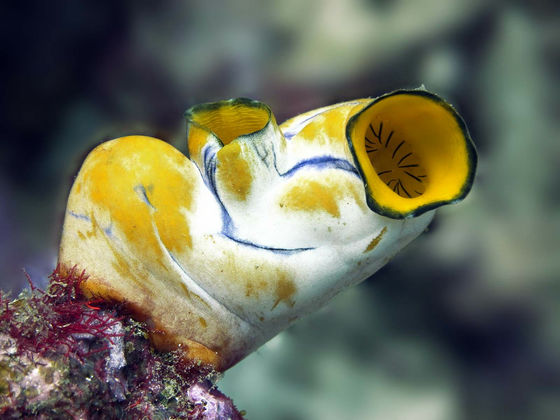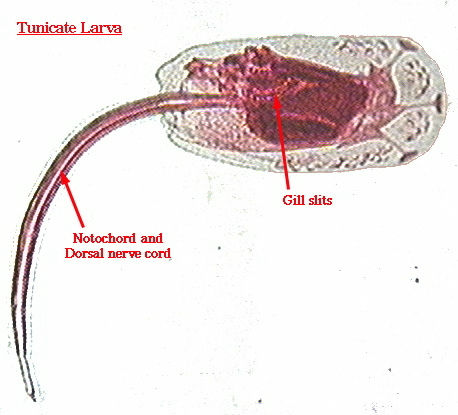What is an organism that grows by eating 'your brain'?

Meet the creature that eats its own brain! | Goodheart's Extreme Science
https://goodheartextremescience.wordpress.com/2010/01/27/meet-the-creature-that-eats-its-own-brain/
Ascidians are marine animals covered with a tissue called sac (hinou), and live on plankton contained in seawater. Biologically, it is classified as a chordate like animals such as fish, birds, reptiles, and mammals.
It is said that there are more than 2000 species of sea squirts at the time of writing the article, and sea squirts of various shapes and colors inhabit the seas around the world. As you can see in the image below, the sober-colored sea squirts that live in rocky areas as a group ...

The colorful sea squirts that live alone in rocky areas have various appearances, but they all have the common point of 'sticking to rocky areas'.

Ascidians can swim around the sea when they are larvae, and they stick to stable places such as rocks and grow into adults. In the process of growing from a larva to an adult, sea squirts use their own 'unnecessary organs' as a nutrient source for growth. This 'unnecessary organ' contains the brain.
Ascidians have both male and female reproductive organs, and fertilize and lay eggs by simultaneously releasing eggs and sperms into the water. When the egg is about three days from hatching, such, as shown in the following image notochord and dorsal nerve cord (Notochord and Dorsal nerve cord) and the tail, including the Era裂 figure (Gill slits), and was similar to the tadpoles with a brain Will grow into.

Larval sea squirts cannot eat food and can only live for a short period of time. In that short period of time, you will find a place to live in and stick to a rocky place for the rest of your life. Ascidians who have gained a habitat do not need to search for rocks or swim, so they do not need a tail or muscles to swim, or a brain to think.
Adult ascidians that have eaten parts that are no longer needed, such as the brain, are left with digestive organs for nutrition and male and female reproductive organs for leaving offspring. After that, they eat food and spawn several times a year, ending their lives in a few years. Although it depends on the species, for example, the lifespan of sea pineapples eaten in Japan is about 4 to 5 years, and it is said that the spawning season starts 2-3 times from the full moon in December every year.
Related Posts:
in Creature, Posted by darkhorse_log







